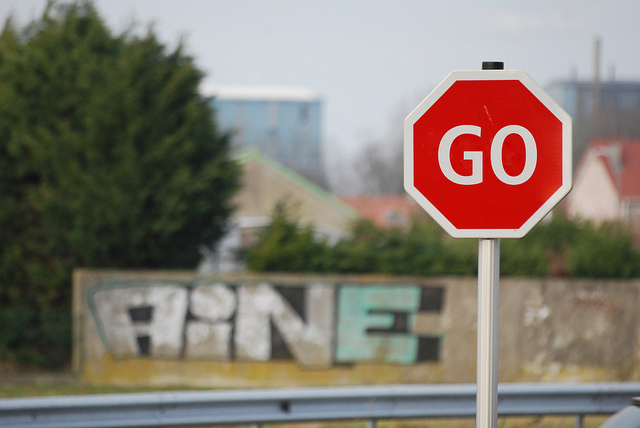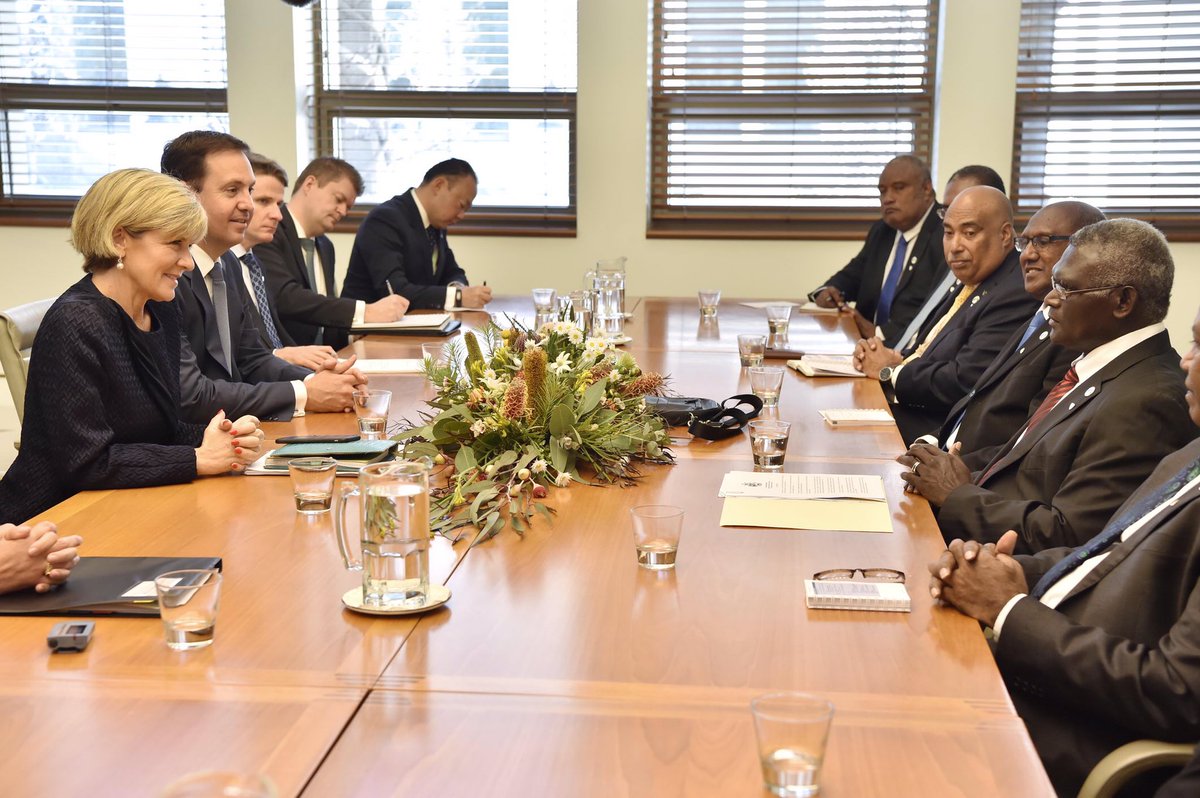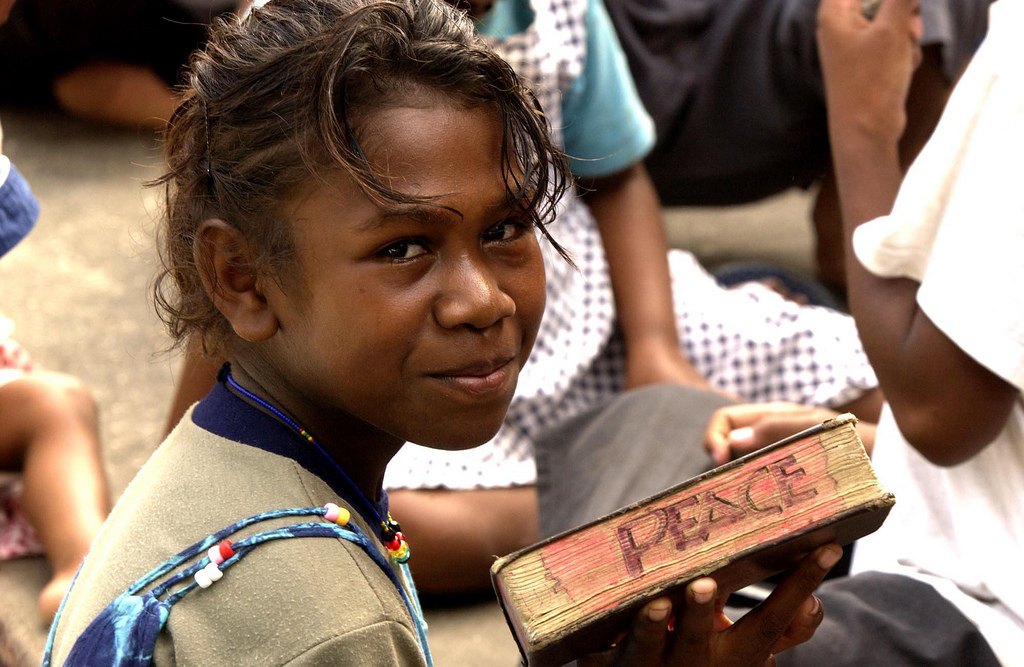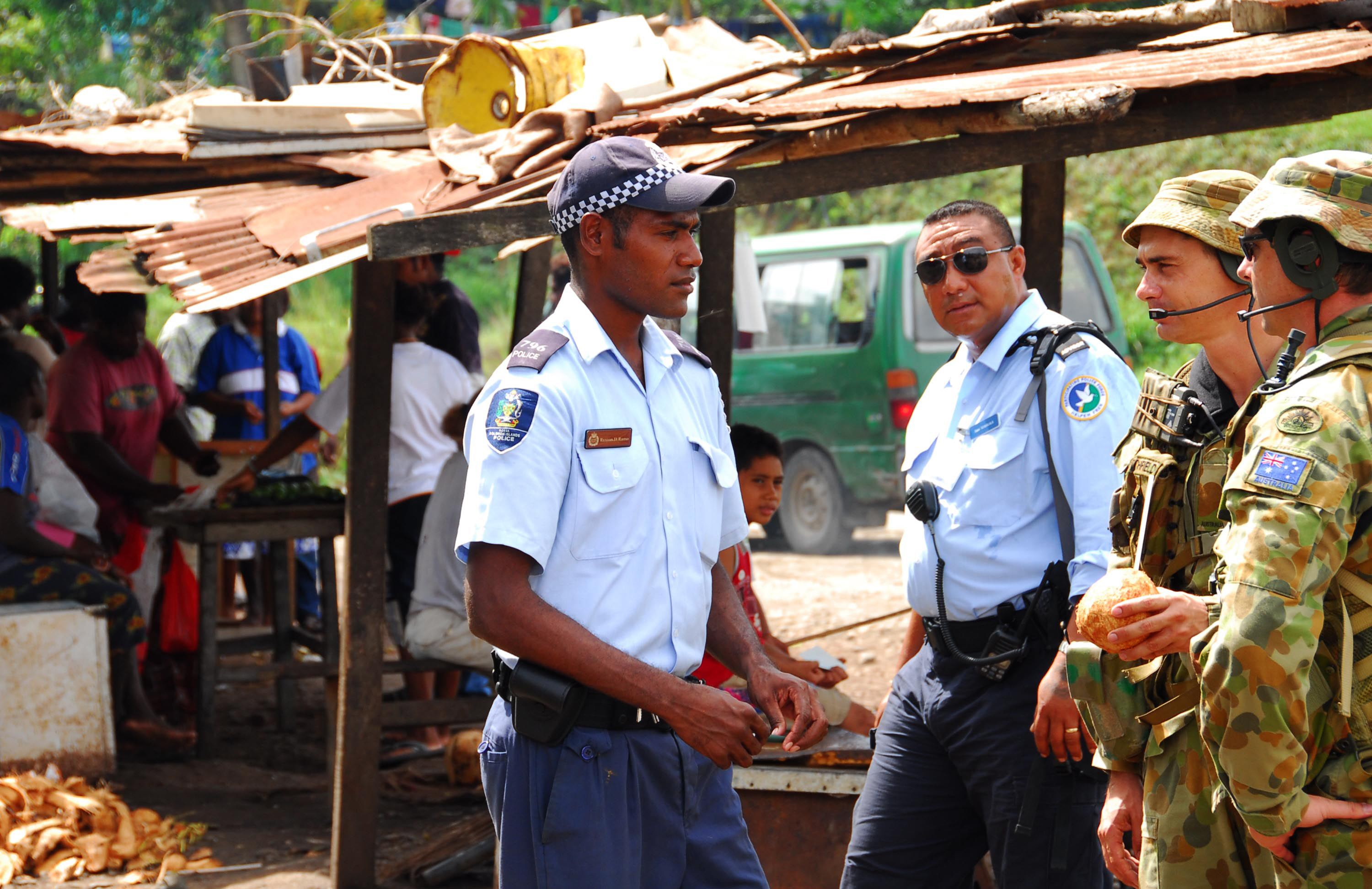No short-term solution to Solomon Islands strife

Echoes and omens abound as Australia steps in to stop riot, arson and looting in a South Pacific capital.
Honiara offers a reprise of previous tragedy that’s a grim foretaste of the future facing Melanesia.
A capital city riot has become an extreme expression of political and economic failure in the South Pacific—unusual but not unprecedented.
Political ‘big men’ clash. One side pushes too hard or just rolls the dice. Politics boils as an elite struggle for power becomes a free-for-all in the streets. Thousands of idle young men and women are ready to rumble, to smash windows and do some ‘free shopping’.
Consider a roll call of South Pacific capital city riots: the Sandline affair in Port Moresby in 1997 when the military revolted and dispatched Julius Chan’s government; the parliament siege in Suva in 2000 that ended the government of Mahendra Chaudhry; the 2006 Dili crisis that saw an attempted coup and resignation of the prime minister, Mari Alkatiri; and the 2006 riot in Nuku’alofa that destroyed much of the central business district.
Honiara has a special place in this blackened list. In the Solomon’s capital, controversial prime ministers face riots. Five years of unrest and conflict led to the Regional Assistance Mission to Solomon Islands (RAMSI), the $3 billion intervention that ran from 2003 to 2017.
After the 2006 election, Honiara suffered dreadful destruction and looting—to stand amid the ruins of Honiara’s Chinatown in 2006 was to feel a great shock at what the Solomons had just done to itself. Although not on the same scale, more riots erupted in 2019 when Manasseh Sogavare won his fourth term as prime minister.
As Anouk Ride commented after the 2019 unrest in Honiara, ‘[R]iots in Solomon Islands are not “irrational” or “chaotic” behaviour. They arise at moments of key political transitions, they have specific targets, they enjoy a degree of social support and they serve a symbolic purpose.’
Last week’s deadly strife in Honiara was about politics, but it was also a chance for free shopping. The initial Malaitan protestors soon had company. Everyone could join in. Among the conventions of Pacific city riots: the taxis keep running so the loot can be carried away.
Mihai Sora’s paints the picture:
The protests rapidly morphed from a provincial–national feud to a violent release of pent-up angst over daily hardships exacerbated by the global health and economic impacts of Covid. These hardships are felt acutely in vulnerable developing countries such as Solomon Islands, with the repeated imposition of states of emergency, perennial resentment at perceived corruption and brazen chicanery among MPs, and a predominantly young population frustrated with a lack of education and job opportunities.
Personal security is now an issue for the capital city elites of the South Pacific; it’s no longer just a Port Moresby syndrome. The people who run government, the professionals and those who do business have to worry about the safety of their homes and the security of their families.
The Pacific still has strong societies and weak states, but the small middle class can no longer be as confident in the social and religious conservatism that has underpinned island stability. Mostly, this is a discussion about Melanesia, but the barbed-wire-and-bars security consciousness is on show in the capitals of Polynesia.
Capital city riots are a violent moment when the Pacific youth bulge flexes its muscle.
Half the region’s population is aged under 23. The bulge is ‘particularly acute in Melanesian states,’ Catherine Wilson writes, and the demographic dividend can deliver disillusioned young people living on the margins of the cities.
Youth bulges with lots of unemployed males mean revolution, from the Protestant Reformation to the young recruits for 20th-century facism. The bulge tips over societies, Samuel Huntington reckons, when those aged between 15 and 24 exceed 20% of the population: ‘Young people are the protagonists of protest, instability, reform and revolution.’
Amid all the complexities and difficulties of Solomon Islands, credit Australia for an instant, unhesitating response: troops and police on the way within 24 hours of Sogavare’s request.
Australia’s action this time is carefully expressed in limited language, marking important differences with the RAMSI model.
RASMI was a regional effort, endorsed by the Pacific Islands Forum; it became a 14-year intervention because of a highly ambitious agenda of change and reform. Australia did most of the cash and carrying of RAMSI, but it always embraced the regional label that burnished the mission’s legitimacy.
This time, Australia is acting bilaterally under the terms of the 2017 security treaty negotiated with Solomon Islands when RAMSI finished—although as soon as Prime Minister Scott Morrison got the call he was on the phone to fellow leaders in New Zealand, Papua New Guinea and Fiji.
Morrison stresses that Australia’s sole aim is to ‘provide stability and security’ for Honiara: ‘It is not the Australian government’s intention in any way to intervene in the internal affairs of the Solomon Islands; that is for them to resolve. I’ve made that very clear. Our presence there does not indicate any position on the internal issues of the Solomon Islands.’
Such language expresses a great irony: Australia is intervening to steady the government of Manasseh Sogavare. Once he damned RAMSI as an Australian parallel government usurping sovereignty. Now he turns to Canberra to save his government.
The stoush with Canberra was at its most intense during Sogavare’s second period as prime minister (2006–2007), when he expelled the Australian high commissioner from Honiara and threatened to eliminate Australia from RAMSI.
In February 2007, Australia’s foreign minister, Alexander Downer, published a ‘letter to the people of Solomon Islands’ that amounted to a denunciation of Sogavare.
Downer attacked ‘a deliberate push to undermine RAMSI, to tarnish its reputation’, the ‘outrageous’ and ‘insulting’ attempts to smear the mission, and Australia’s concern at attempts to undermine Solomon Islands institutions designed to ensure the government was accountable.
And that was the public version of the argument.
By the time Sogavare was farewelling RAMSI in 2017, during his third term as PM, much history was forgotten amid the gentle thanks.
In saving Honiara today, Australia will do as little as possible to help the political fortunes of the Solomons’ prime minister.
Acting as the responsible power in the Melanesian arc is always going to be tough. Whatever credit Canberra receives will be accompanied by kicks; it’s the inevitable mix for the nation determined to be the South Pacific’s central power.
Being the region’s key economic and security partner is a pricey responsibility. Few bouquets. Plenty of bruising jobs. Australia’s interest in the political stability of the region means we must help to hold it up by holding it close.
Helping out Sogavare, however, is proof of that cynical observation about no good deed going unpunished.






